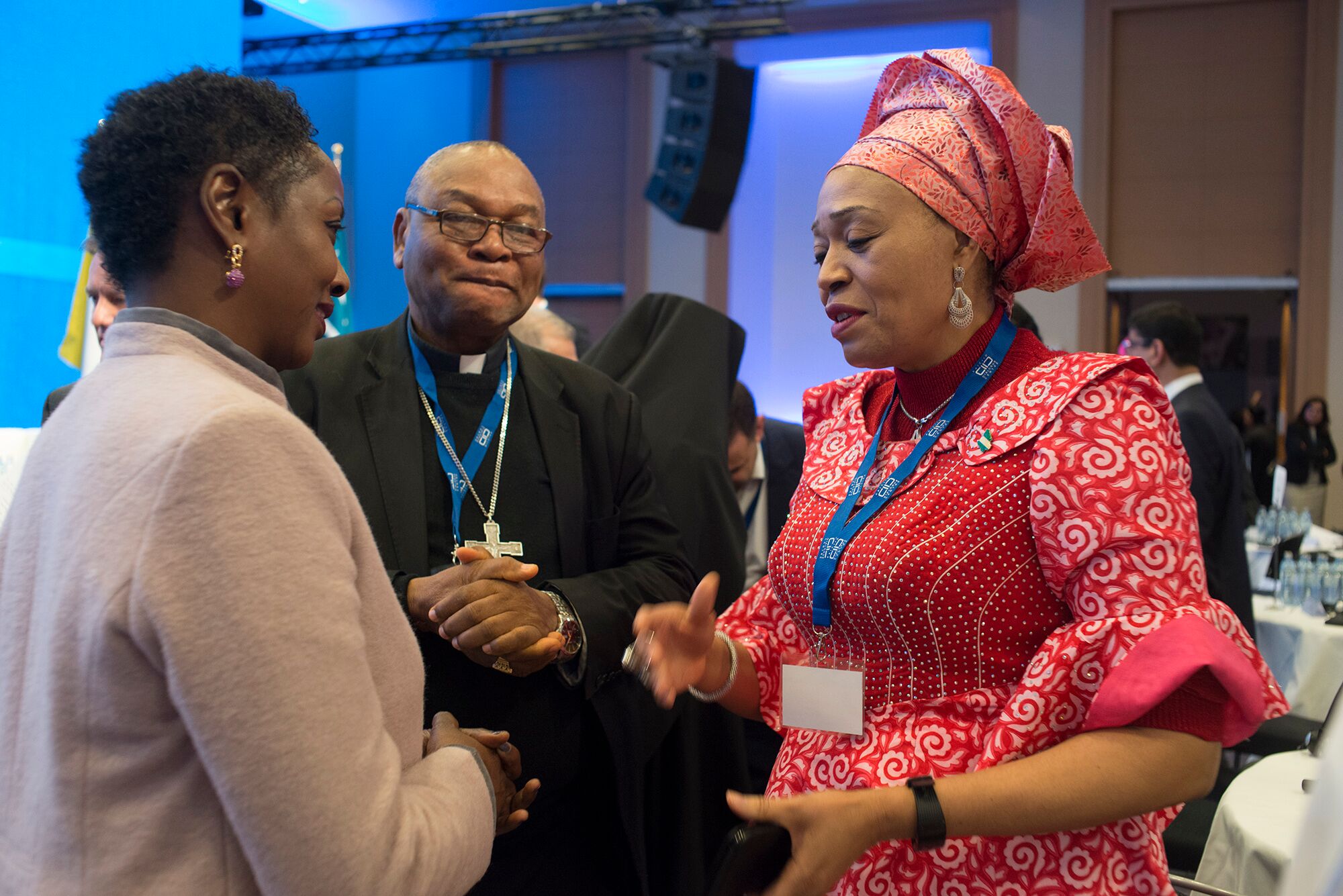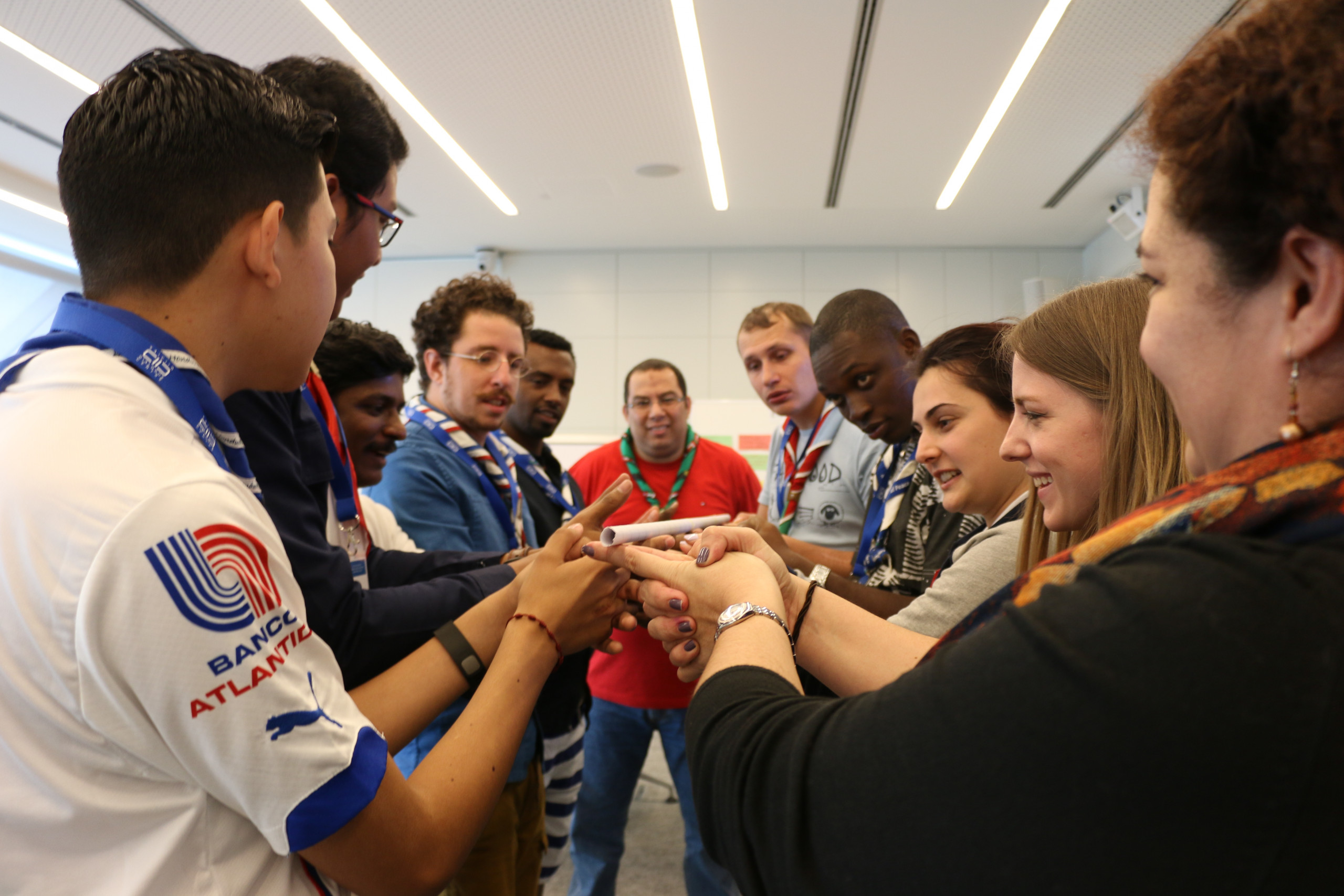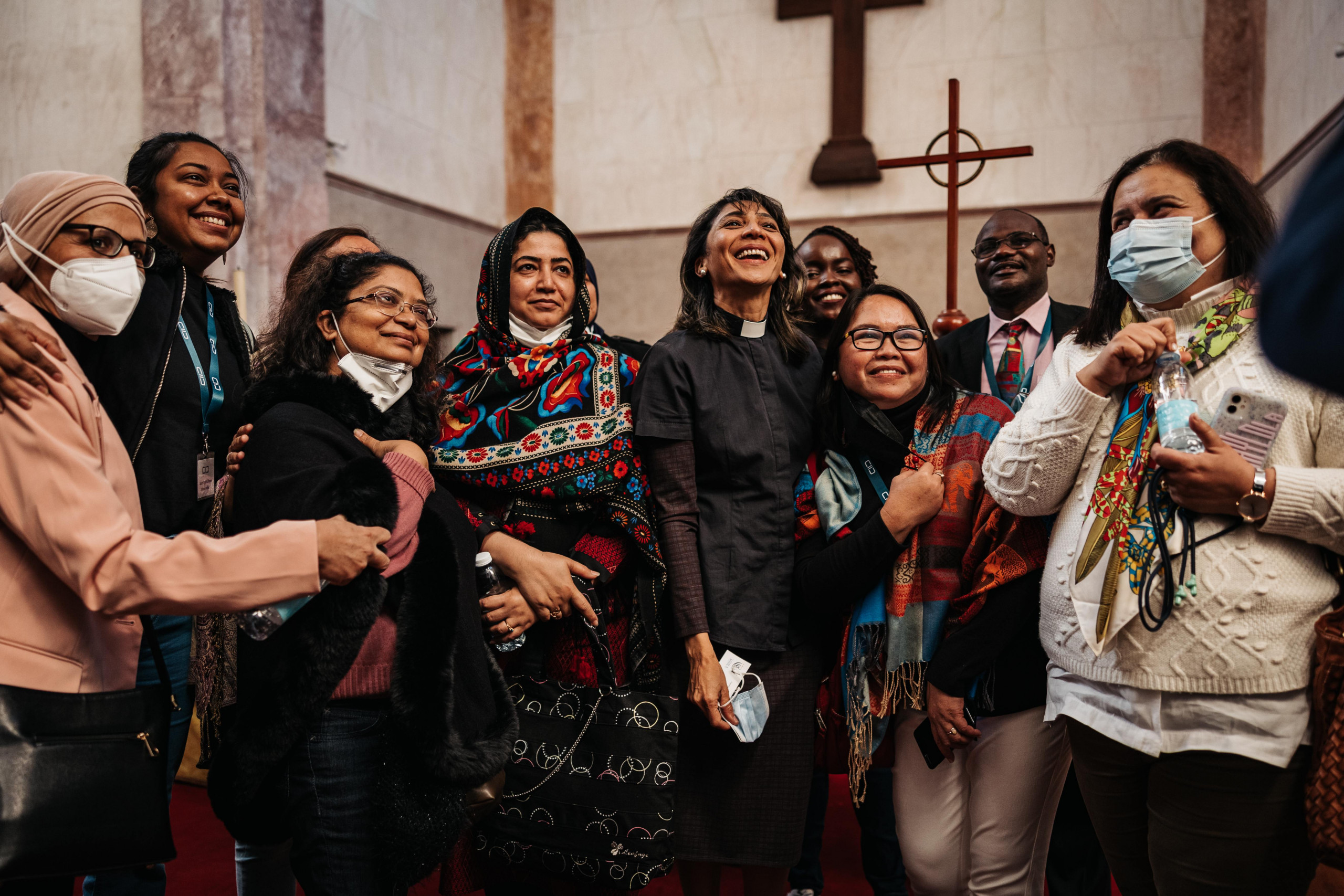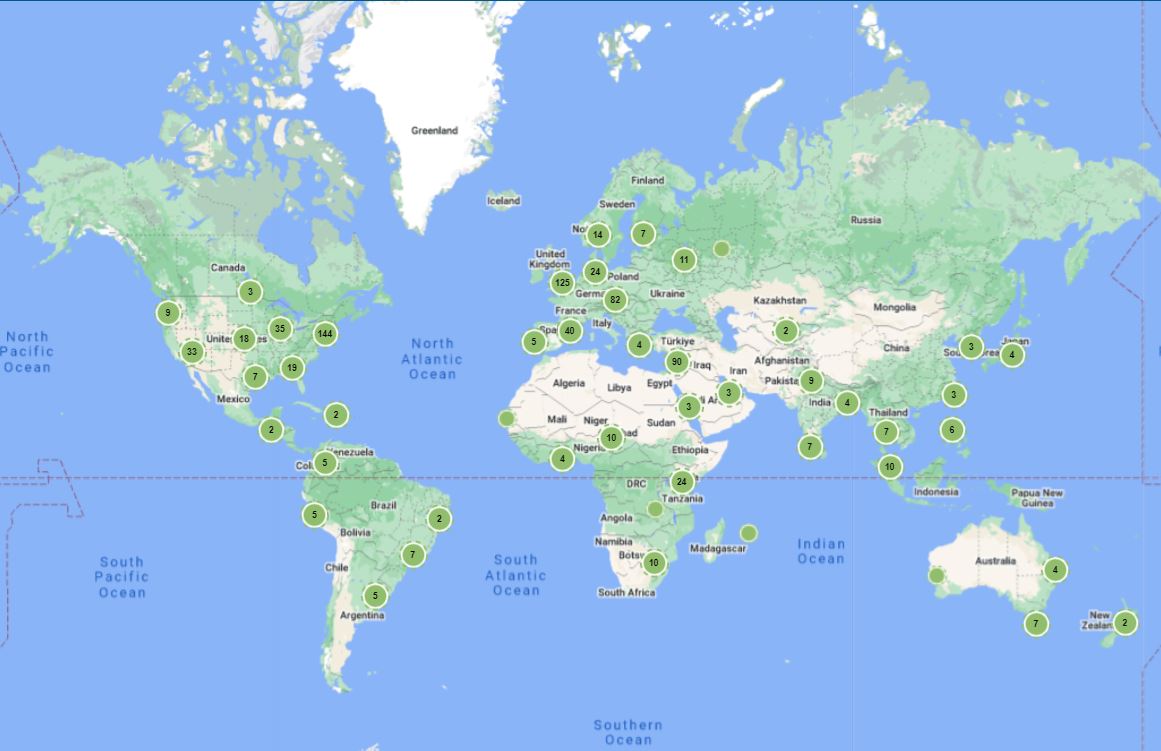Promising Practices
Promising Practices is a collation and expansion of existing documentation on promising practices in interreligious dialogue. Our database offers guidelines and focuses on the concrete implementation of interreligious and intercultural dialogue practices around the world.
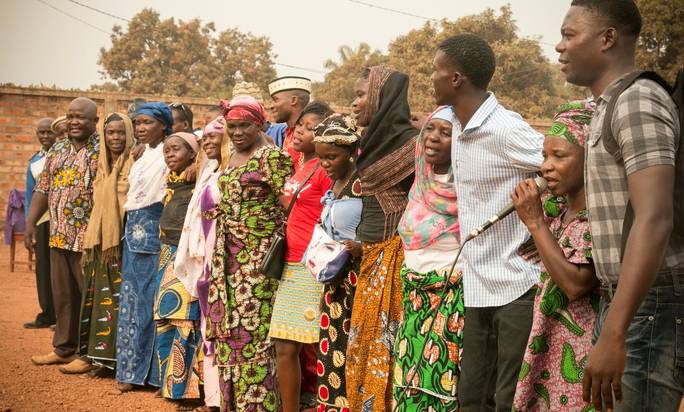
Disclaimer:
Through providing different aspects and ideas our aim is to compliment the great work that has been already done in the field of Interreligious and Intercultural Dialogue. Information and field data published in this resource are for informational purposes only, and neither KAICIID nor the Dialogue Knowledge Hub guarantee in any way success of the implementation of the activity.
While we wish all the activities and initiatives featured in this resource could be replicable in as many context around the world as possible, there are often certain limitations, such as the suitability for particular cultures or religious communities. However, there is always room to explore and adjust activities in regards to the community’s environment.
- UK
- Advocacy
- Confessional / Religious / Spiritual Activities
- Freedom of Religion and Belief
- Intercultural Dialogue
- Intrareligious Dialogue
- Networking
- Peace
- Pluralism
- Religious Activities
- Islam
Attend Each Other’s Religious Celebrations
Attending or participating in celebrations and ceremonies of different religious communities generates a better understanding of each other’s religions and creates an opportunity to connect across religious traditions. The practice can take place in worship places, in people’s houses during celebration times of the respective traditions or even in neutral rooms, depending on the needs, and may be conducted by individuals and groups alike. It is also possible to come together for meditation or common prayers without the context of a particular religious holiday. Designed as an interreligious experience, the practice encourages deeper understanding of participating religious communities as well as the place of the dialogue participants within each of them, as such visits further consolidate the dialogue by seeing a religious person ‘in action’ within the context of their respective religious communities.

